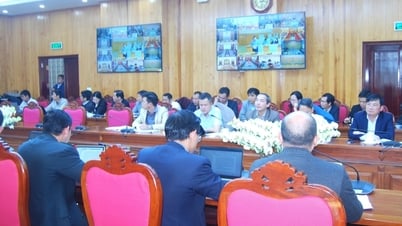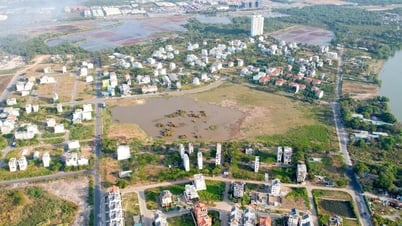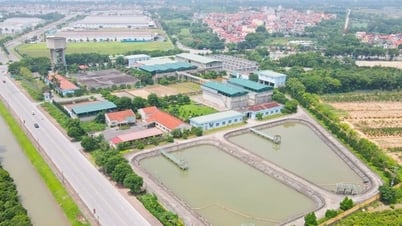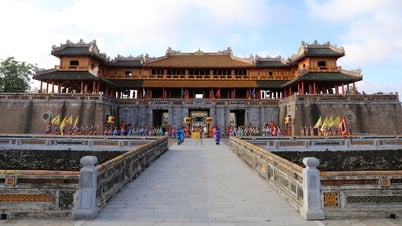Real estate projects that fail or are abandoned midway are no longer uncommon in the Vietnamese market. Although there are many reasons for this, Savills Vietnam's Land Use Planning report has analyzed the importance of land use planning when developing projects.

Mr. Troy Griffiths, Deputy Managing Director of Savills Vietnam
Land use planning helps determine the most appropriate land use options, as well as the allocation of infrastructure, planning, transportation, and environmental impacts for a project.
Troy Griffiths, Deputy Managing Director of Savills Vietnam, commented that land use planning creates a detailed and effective scheme for allocating land and resources, thereby aiming for the sustainable development of the project in particular and the real estate market in general. By defining the type of real estate development, scale, phase, price, and sales strategy, land use planning ensures that development is efficient, minimizes environmental impact, and is financially viable.
“An unsuccessful land-use plan is when a project developing products, infrastructure, and amenities fails to deliver financial, socio-economic , and environmental benefits. A poor plan will result in the development of products unsuitable for the market, and infrastructure and amenities that do not meet community needs. A poorly executed or unsuccessful land-use plan can expose stakeholders to significant financial risks and even investment failures,” said Troy Griffiths.
For example, in southern Hanoi , a developer planned a 9,000-apartment project on a 3,500 m2 site. However, the company did not adhere to the original plan, converting offices and commercial spaces into apartments, resulting in smaller units and a significant increase in the number of apartments. These changes placed considerable pressure on infrastructure and amenities, which were insufficient for the growing number of residents. This led to conflicts between resident groups and a decline in the quality of life within the project.
The expert stated that many projects with good products still fail because the plans do not take into account the development of corresponding infrastructure.
"Even if a project has suitable residential or commercial products, if it lacks transportation infrastructure, drainage systems, and public amenities, the quality of life will still be incomplete and inconvenient. This leads to 'ghost' urban areas with no residents," he said.
Another example cited by Savills is Nha Trang City, where many projects have a construction density of up to 70%. Disregarding the city's construction requirements has led to a level of development that is incompatible with Nha Trang's infrastructure and social infrastructure planning.
“Proper land development and planning requires considering scenarios in both favorable and challenging contexts. Specifically, this involves taking into account risks, identifying viable sales strategies, proposing products and sales phases, thereby minimizing the risk of failure and maximizing the chances of success,” Troy Griffiths analyzed.
Conversely, the Vietnamese real estate industry also has successful examples of comprehensive and optimized land use planning. Phu My Hung in District 7 (Ho Chi Minh City) and Ecopark in Hung Yen are two examples demonstrating how product development planning, phased development, and sales strategies support project success.
According to Savills' analysis, Phu My Hung in District 7, spanning 433 hectares, had an "ambitious" beginning, aiming to transform a vacant plot of land into a leading financial, residential, commercial, industrial, and educational hub in southern Ho Chi Minh City.
The project has a clear, comprehensive development plan spanning 30 years, divided into phases. Throughout this process, the investor has adhered to international development standards, including sustainable development, ensuring construction aligns with socio-economic development and complying with all design and construction regulations.
“Before starting any construction or investment, careful and thorough planning is essential. Sound decisions are based on objective market indicators, case studies of development, and considered proposals. Market analysis is crucial to understanding the appropriate type and scale of development. Financial viability must also be determined through cash flow forecasting to identify which type of development is most feasible at the time of implementation. This helps avoid investment risks, optimize returns, and minimize risks,” Troy Griffiths emphasized.
Source


















































































































Comment (0)